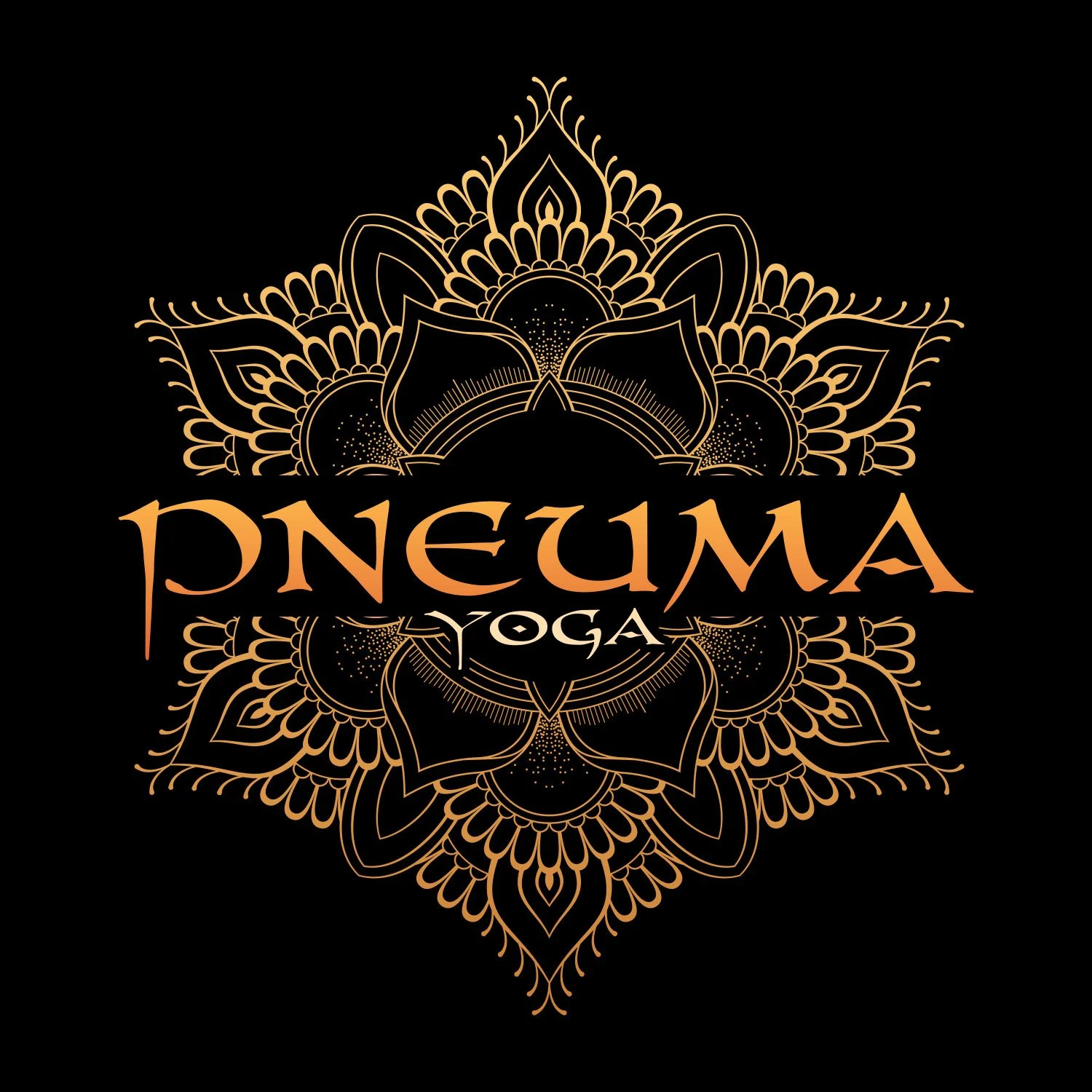Pranamaya Kosha: The Energy Body You’ve Been Ignoring
Most people think health is about muscles, bones, or maybe even mindset. But yoga points us to something subtler: the koshas, or “sheaths” of being. These are the five layers that make up human existence — from the physical body to the bliss of pure consciousness.
The second layer of you is your pranamaya kosha. it acts as the bridge between the body “anamaya kosha” and the mind “manamaya kosha.” It is the Pranamaya Kosha, the energy body, that links consciousenss to the physical body, it is the flow of intellegence from cell to cell, animates every movement from thoughts to digestion to actions and can greatly enhance your health and vitality. Think about your body as “hardware” and your mind as “software” and you pranamaya kosha as the electirical socket that powers both.
This kosha is not made of flesh or thought, but of prana — the vital life force carried by the breath. Where your breath goes, energy flows. Where energy flows, health and awareness expand.
What Makes Up the Pranamaya Kosha?
The pranamaya kosha is a living network, described by yogic science in terms that modern physiology is only beginning to catch up with. It consists of:
The Pancha Vayus – five directional flows of prana (upward, downward, inward, outward, and integrating) that organize movement, intellegence, digestion, circulation, elimination, and subtle awareness.
The Nadis – subtle channels (tradition says 72,000) through which prana moves, much like rivers of energy. Ida (left nostril), Pingala (right nostril), and Sushumna (spinal chord, central channel) are the three primary nadis. Hence all the alternate nostril breathing!
The Chakras & Marmas – energy centers and points of intersection where nadis converge. Chakras are like transformers that step down subtle energy into usable vitality. There are seven main chakras and 114 total chakras.
Energy as a Whole – the sense of vitality, radiance, or depletion that we all intuitively feel, even without words for it.
This kosha is more than theory — you’ve experienced it whenever your breath carried calm into your body, or when stress left you drained. This body is more subtle than your physical body and is slightly larger. This layer is experienced as your breath, it rides the wave, but your breath is not you, it is the relationship with the atoms in the atmosphere. You breathe in and out to fuel your cells with energy, but this is not your physical body, your breath is something else entirely. See this as a whole completely different body and you gain so many more tools to access a deeper dimension of health, this is where vitality is manifested.
Why It Matters in Daily Life
When the pranamaya kosha is balanced, breath flows freely, energy feels abundant, and life itself feels lighter. When it’s disturbed, we experience fatigue, anxiety, shallow breathing, labored breathing, inflammation and physical pain.
Modern science echoes this: dysfunctional breathing patterns (like chest-only or mouth breathing) are tied to stress, sleep disorders, chronic pain, and anxiety. What yoga has said for thousands of years — breath is the bridge between body and mind — is showing up in research on the nervous system, vagus nerve, and heart rate variability.
Breath as the Doorway
Breath is the most accessible way to influence the pranamaya kosha. Unlike digestion or circulation, we can consciously adjust how we breathe. Every inhale and exhale shifts nervous system tone, posture, and emotional state.
A rushed, shallow breath sends the body into fight-or-flight.
Dull, heavy, labored breathing exhaust the nervous system and shuts down energy.
A slow, steady breath activates the parasympathetic nervous system, easing stress.
Subtle breath awareness can awaken interoception — the ability to sense inside the body — which is foundational for healing and yoga.
As Thomas Hanna taught about the soma, “If you can sense it, you can change it.” The same is true here: by sensing the breath, we begin to shift our energy.
Yoga Science Meets Practice
The yogic sciences go further:
Pranayama practices refine the breath to direct prana consciously.
Bandhas (energetic locks) and mudras help regulate and concentrate energy.
Meditation expands awareness of prana beyond breath, into vibration, light, and spaciousness.
Even if you don’t practice advanced pranayama, simply slowing the breath, breathing through the nose, and noticing the subtle flow of prana is enough to begin nourishing the pranamaya kosha.
A Yogic Perspective
Yoga teaches that working with prana refines not just the body but the mind. Rajas (restless energy) and tamas (dullness) give way to sattva (clarity and harmony) when the breath is trained. The pranamaya kosha is where transformation begins — shifting us from living on autopilot to living with awareness.
Where We’ll Go From Here
This is just the start. In the coming weeks, we’ll explore:
How dysfunctional breathing shapes stress and health
Why subtle breath is more powerful than “big” breath
The pancha vayus and their role in posture, digestion, and vitality
Chakras and nadis as maps of the energy body
How pranayama re-educates both breath and nervous system
The pranamaya kosha is the missing link between body and mind. By reclaiming your breath, you begin to reclaim your energy — and your life.
Want to Explore This More?
Try the Breath Re-Education practices or the 61 point meditation in the Pneuma Yoga online library.
Download guided meditations like “I Am Not This Body” to sense energy beyond form.
Join a class or one-on-one session to explore breath and energy firsthand.
Your breath is more than air.
It’s the current of life itself.

